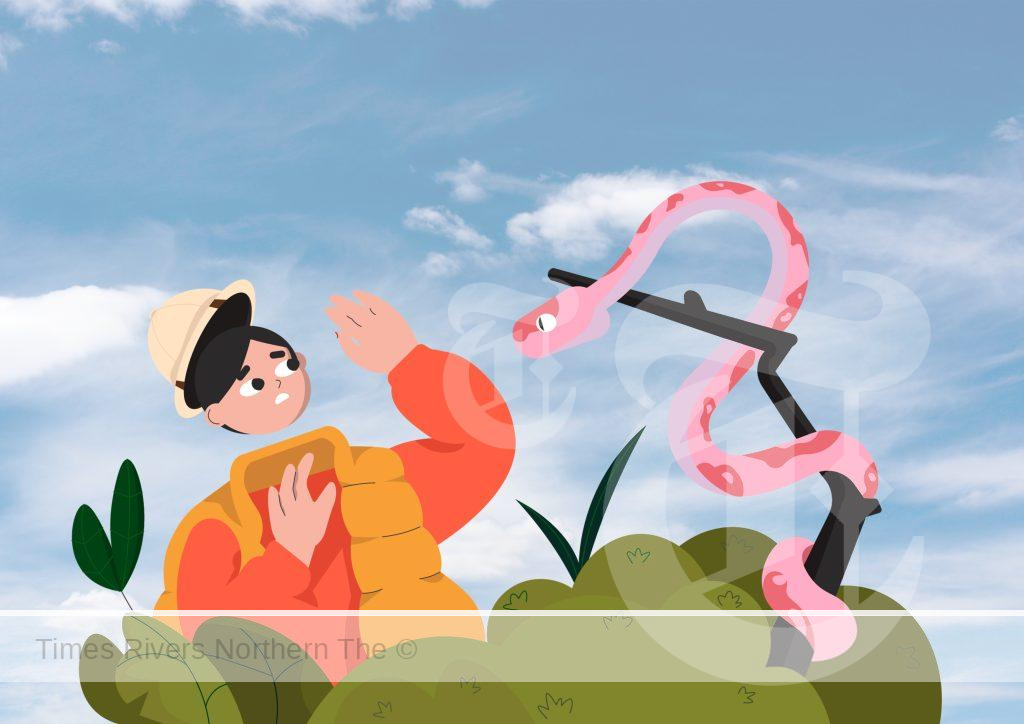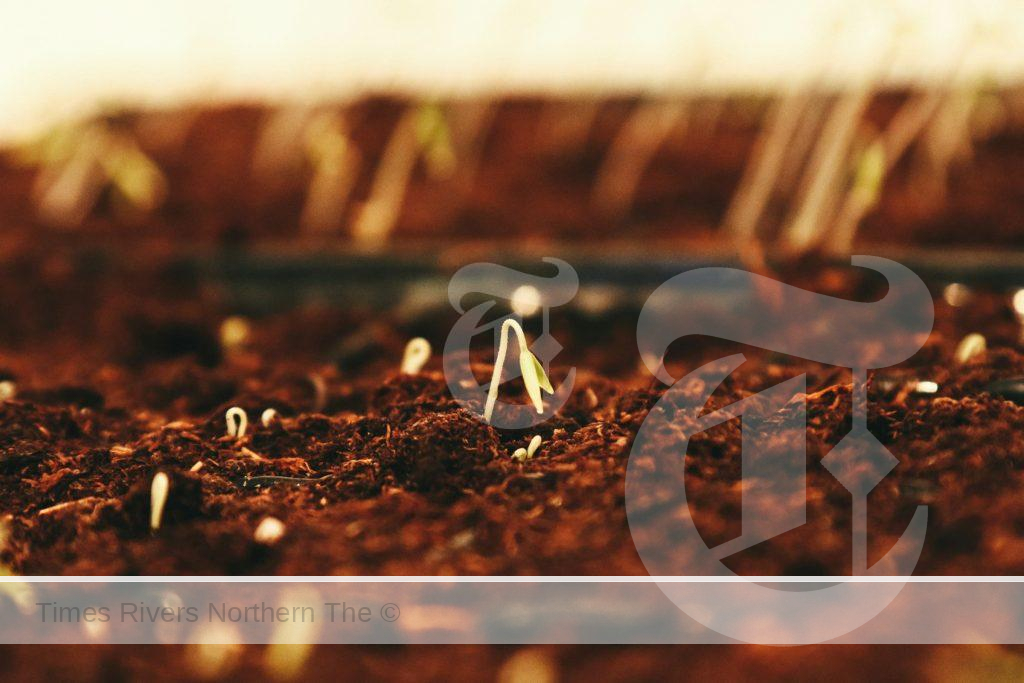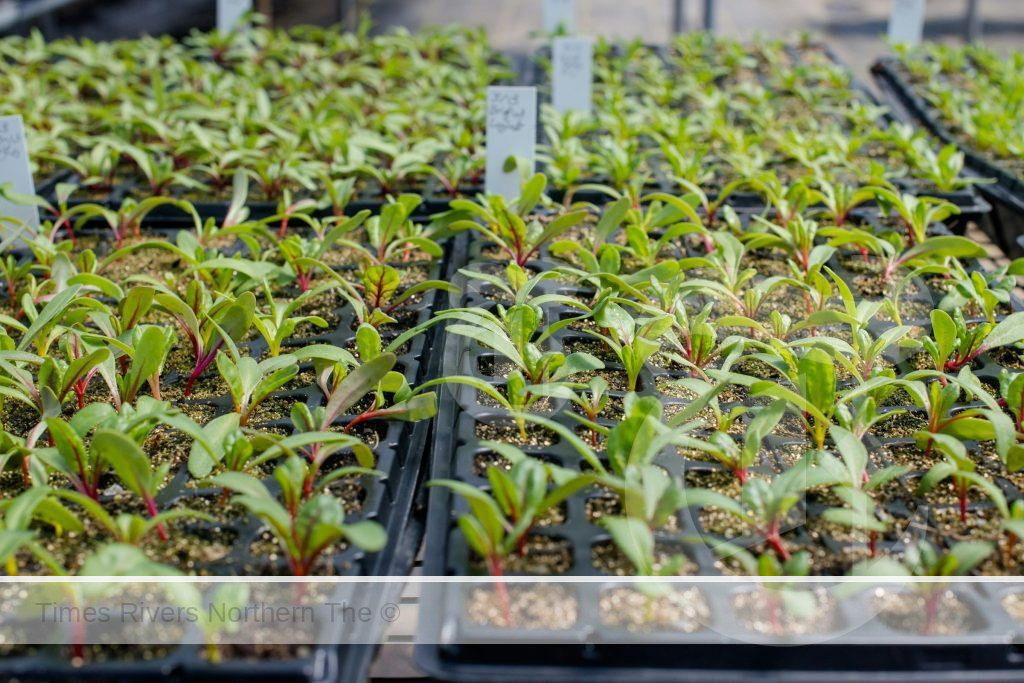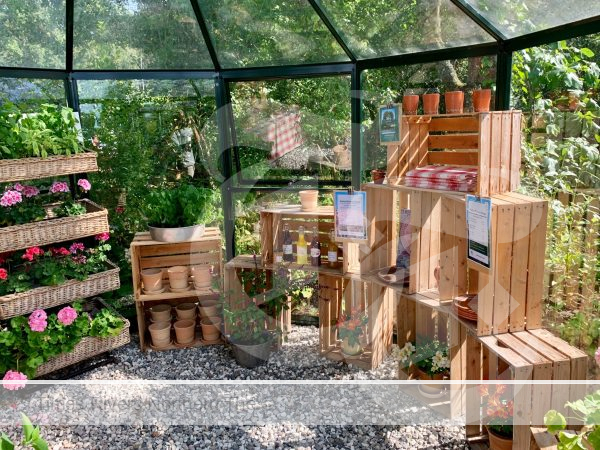Keeping Snakes Away from Your Garden in Australia
Australia is home to a wide variety of snake species, some of which are venomous and can pose risks to humans. While snakes play a crucial role in the ecosystem by controlling pests, most people would prefer to keep them at a distance, especially in home gardens. If you’re looking to deter snakes from your garden in Australia, here are some effective strategies.
- Understand Your Local Snake Species
Before taking preventive measures, familiarise yourself with the common snakes in your region. This will give you a better understanding of their habits, preferred habitats, and the potential risks they pose. For instance, knowing whether you have more venomous species like the Eastern Brown Snake or non-venomous ones like the Carpet Python can inform your preventive steps.
- Maintain Your Lawn
Tall grasses and overgrown vegetation provide perfect hiding spots for snakes. Regularly mowing your lawn, pruning shrubs, and keeping vegetation away from pathways can deter snakes from taking refuge in your garden. An open, well-maintained garden gives snakes fewer places to hide, making them feel exposed and unsafe.
Advertisements

- Reduce Food Sources
Snakes are often in gardens because of the abundance of food, particularly rodents. By controlling rat and mouse populations, you can make your garden less appealing to snakes. Secure your garbage bins, avoid leaving pet food out, and consider natural rodent deterrents to reduce this food source.
- Remove Shelter Options
Snakes love hiding in piles of wood, leaves, compost, and general clutter. Ensure that you store firewood away from the home and elevate it off the ground. Regularly clean up fallen leaves and debris, and consider using sealed compost bins instead of open piles.
- Install Fencing
Snake-proof fencing can be an effective way to keep snakes out of your garden. The fence should be buried at least 15-20 cm underground and should stand at least 60 cm above ground. The mesh should be fine enough to prevent snakes from squeezing through. Remember, smaller snakes can pass through surprisingly tiny gaps!

- Use Natural Repellents
While there’s no definitive proof that commercial snake repellents work, some gardeners swear by natural repellents like essential oils. Clove and cinnamon oil are said to deter snakes when sprinkled around the garden perimeter. Regularly reapply, especially after rain. Additionally, plants like the marigold and the mother-in-law’s tongue are believed to be unappealing to snakes and can be planted as a preventive measure.
- Keep Water Features to a Minimum
Snakes are attracted to water, especially in Australia’s hot climate. If you have ponds or water features, they can attract snakes looking for a drink or prey like frogs. If you’re keen on reducing snake visits, consider minimizing water features or ensuring they’re well-maintained with no hiding spots nearby.
- Invest in Snake Deterrents
There are various snake deterrent devices available in the market, like vibrating stakes. These stakes emit vibrations that snakes dislike, keeping them away from your garden. While they might not be 100% effective, they can add an additional layer of deterrence.
- Regularly Inspect Your Property
Periodically walk around your garden and check for signs of snakes or their activity. Look out for snake tracks, shed skins, or droppings. By regularly inspecting, you can address potential snake shelters or food sources immediately.
- Educate and Be Prepared
While preventive measures can greatly reduce the chances of snakes entering your garden, it’s essential to be prepared for a possible encounter. Educate your family, especially children, about the importance of not approaching or provoking snakes. Keep emergency numbers handy and familiarise yourself with first aid procedures for snake bites.
Australia’s diverse snake population is an essential part of its rich biodiversity. While they might not be welcome visitors in our gardens, it’s crucial to remember that snakes are not naturally aggressive and usually only pose a threat when threatened or cornered. By making your garden less appealing and eliminating hiding spots, you can enjoy your outdoor space with peace of mind, coexisting harmoniously with Australia’s native wildlife.
For more gardening news, click here.

 Tweed Shire News2 years ago
Tweed Shire News2 years ago
 Motoring News1 year ago
Motoring News1 year ago
 COVID-19 Northern Rivers News3 years ago
COVID-19 Northern Rivers News3 years ago
 COVID-19 Northern Rivers News3 years ago
COVID-19 Northern Rivers News3 years ago
 Northern Rivers Local News3 years ago
Northern Rivers Local News3 years ago
 Health News3 years ago
Health News3 years ago
 COVID-19 Northern Rivers News3 years ago
COVID-19 Northern Rivers News3 years ago
 NSW Breaking News3 years ago
NSW Breaking News3 years ago





































